The Draft Analyst: A deep dive on Rangers prospects at the WJC
When it comes to evaluating prospects, I make it a point to look for any trends in their individual play and decision making. I’d like to think I’m experienced enough as a sports fan to know that one or two games in the regular season or a two-week midseason prospect tournament as prominent as the recent under-20 world junior hockey championship is too small a sample size to make a matter-of-fact determination on long-term NHL potential. Sure, the hot takes during the world juniors are fun and add to the exposure. And in this day and age, part of being a hockey fanatic is driving is your opinions (which of course are always right) right down the throats of your detractors on your social media application of choice. But even the most irresistible of our impulses could probably use a dose of restraint, which I why I always spend the two weeks immediately after the world juniors watching prospects back with their respective club teams to confirm or deny any positive or negative trends.
Rangers Prospects
For the Rangers’ five WJC participants — defensemen K’Andre Miller, Zac Jones, Nils Lundkvist, and Nico Gross, plus center Karl Henriksson — their respective ups and downs throughout the tournament was somewhat of a microcosm of their parent club’s current season — a little bit of good mixed in with a little bit of bad. But how exactly does an up-and-down tournament, or even a poor or dominant one, give someone the ability to predict what that player will like like in the NHL five or 10 years down the road? Is Miller habitually backhanding passes into the middle of the ice for opponents to pick off and score? Of course not. Is his puck management an area the Rangers should monitor moving forward? You’d like to think so, no? Whether the individual’s efforts at the world juniors ranged from laughably poor to marginal; impressive to jaw-dropping, the post-tournament time frame with their respective club teams is one way for observers to add a thick layer or perspective to any assessment derived from WJC play, regardless of how much stock you put into a prospect’s performance at the tournament. At a minimum, we should all agree that such a collection of future stars and the subsequent microscope they are placed under make the event a must-see for hockey fans. The problem is we can’t seem to find middle ground on whether or not the competition is an accurate way to predict what these players will be in three or five years. What I like to do is couple WJC performance with the immediate period thereafter in league play to get an clearer picture on two important aspects of player development — resiliency and consistency.
The knee-jerk reaction the common observer is to use individual stats as their litmus test for player performance (and unfortunately, long-term NHL potential). The reality for these 17 to 19-year-old prospects, however, is that even a high-profile showcase like the world juniors is nothing more than a blip on their development trajectory. Can it be a benchmark achievement at the top of their resume or provide them with an unforgettable shining moment? Absolutely. Can a poor performance destroy a career? That would be tough to prove, but Marc-Andre Fluery, Tukka Rask, Nathan MacKinnon, and Elias Pettersson (among many, many others) all seemed to rebound just fine from their own unforgettable WJC performances.
Nonetheless, here are the breakdowns of how the Rangers’ five world-juniors participants have played since the tournament ended on Jan. 5.
LHD K’Andre Miller; Wisconsin, Big-10 (1st Round, 22nd overall, 2018 NHL Draft)
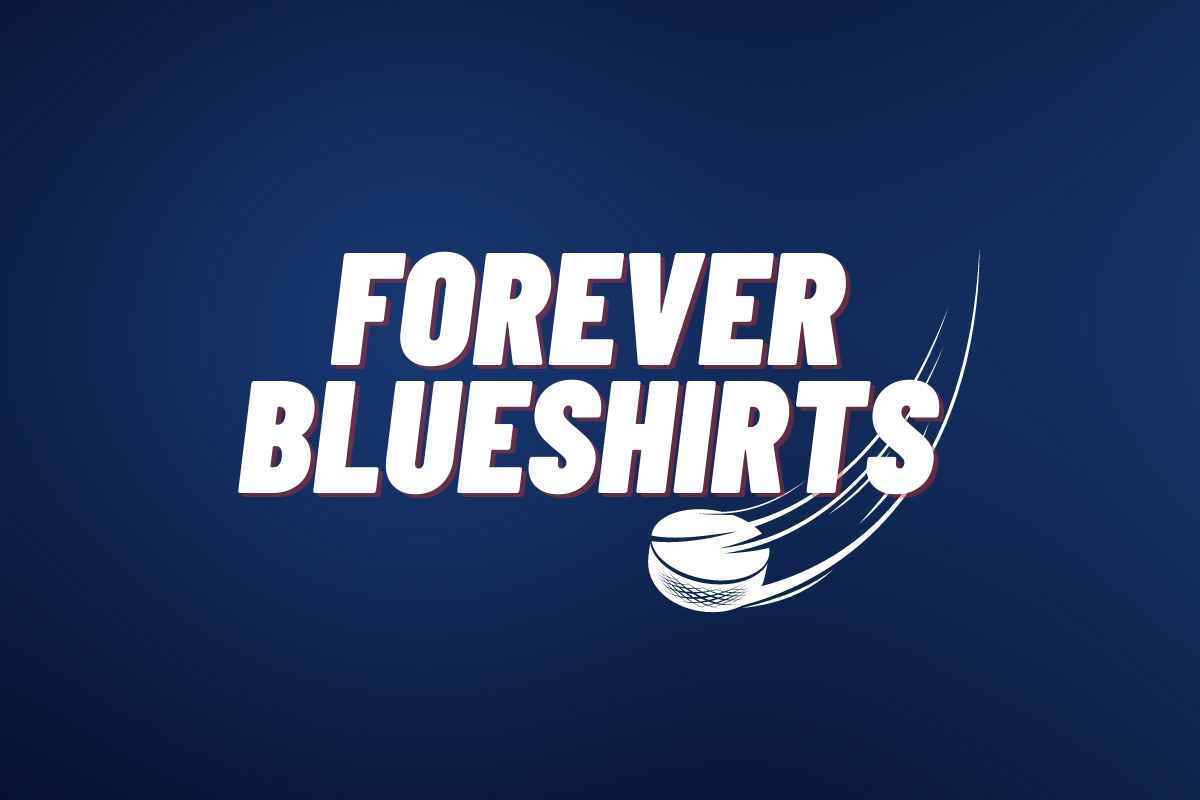
If anyone needed a quick rebound performance after the world juniors it was Miller, who logged top-pairing minutes for Team USA but had an inconsistent tournament. In the four games since returning to Wisconsin, however, Miller hasn’t taken his foot off the gas. He’s easily one of the most active defenders in the offensive zone in all of college hockey, not only for how many plays he keeps alive via pinches, but also for his end-to-end rushes, joining odd-man situations as a trailer, and consistently slipping into openings near the high slot for a chance at the net. There simply is no hesitation to his game, which is a rarity for a sophomore when it comes to making the right reads in the neutral or defensive zone. Although we’ve seen Miller have minor issues with puck management and telegraphing his intentions, he also makes multiple passes that were calculated and delivered properly. Miller seems to be a fan of the high flip and he adds a soft touch to his lobs. What makes this important, especially for a young defenseman, is that he isn’t looking to hammer fire-and-forget passes simply to relieve pressure. Miller keeps his head up and identifies the right options the majority of the time, so his costly error against Canada at the world juniors that led to Alexis Lafreniere’s game winner should be seen as nothing more than an outlier at an inopportune time.
https://platform.twitter.com/widgets.jsWisconsin up 13-1 in shots at home against a very good Michigan State team. Cole Caufield (MTL) with a couple of chances from the left circle. K’Andre Miller (NYR) with 5 smart pinches and joined 3 rushes and we’re only 8 mins into a scoreless 1st.
— Steve Kournianos (@TheDraftAnalyst) January 18, 2020
Surprisingly, Wisconsin opted not to use Miller as the power-play quarterback as frequently as they did in the first half of the season (they used Flyers’ prospect Wyatt Kalynuk instead), but part of that could be Miller logging well over 25 minutes a game and not having the extended Christmas break like the rest of the Badgers’ defense corps. His post-WJC stats may indicate only one assist in four games, but Miller clearly handles all the tough situations with a high success rate and has earned the trust of his coach to be the team’s No. 1 defenseman. One critical yet impressive aspect of his recent play that was scrutinized at the world juniors was his slot play during the penalty kill. Miller does like to roam from the slot quite frequently, but this month he’s been far more reserved and has kept his positioning. Furthrmore, he was utilizing his long reach and quick feet while letting his forwards do most of the running around and chasing above the hash marks. Opponents went 4-for-15 on the power play in the four games with Miller anchoring the top penalty-killing unit, but only one goal was scored with him on the ice.
RHD Nils Lundkvist; Lulea, SHL (1st Round, 28th overall, 2018 NHL Draft
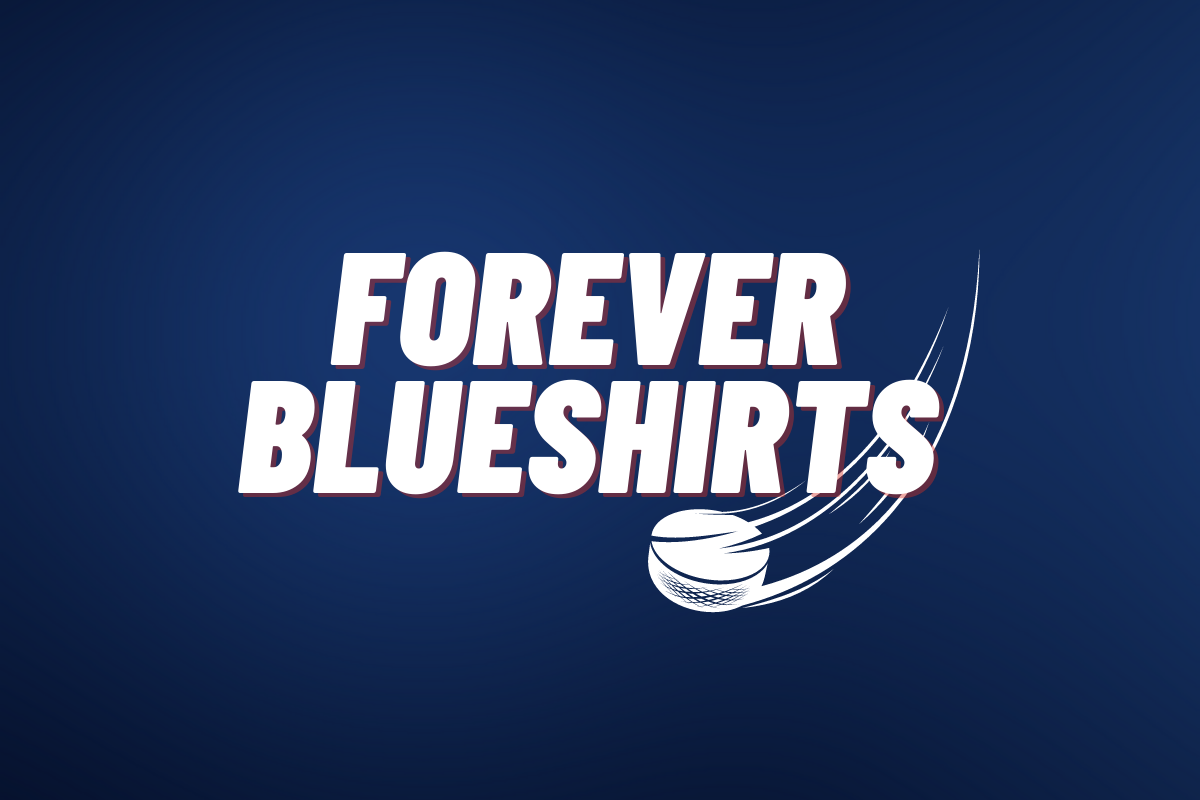
Few defensemen had a better wire-to-wire world juniors than Lundkvist, who was one the tournament’s top scoring defenseman and was entrusted with critical matchups. Nothing has changed for the youngster since he returned to Lulea, which not only owns the Swedish Hockey League’s best record but advanced to the semifinals of Europe’s Champions Hockey League before bowing out to Frolunda last week. Lundkvist is one of the key cogs that keeps Lulea’s engine churning, and the stats more than back it up. Not only does he play over 20 minutes a game (and in all situations), but Lundkvist is leading all junior-age players in SHL scoring with 21 points in 28 games. In the CHL, the 2018 first-round pick was second in defense scoring with 11 points (2 goals, 11 assists) in 12 games. Keep in mind that Lundkvist is playing in games with a lot at stake and he’s been a busy boy from both a schedule and workload standpoint. Starting with Sweden’s opening game at the WJC against Finland on Dec. 26, Lundkvist has played 13 games in 24 days — seven in the Czech Republic, two in the CHL, and four in the SHL. He’s played 20 minutes or more in nine and played less than 19 only twice.
https://platform.twitter.com/widgets.jsSweet home run pass to Nils Lundkvist who finishes off the play in style.#PlayLikeANewYorker pic.twitter.com/Qrd8JF4Yt0— Steve Kournianos (@TheDraftAnalyst) January 18, 2020
The biggest takeaway should be that premier teams at both the national team and club level entrust a teenage defensemen with the critical role of top-pairing defenseman while delivering points on a near-unprecedented level for his age bracket. It’s quite a sight to see so many SHL veterans, some with NHL experience, constantly defer breakout control and offensive-zone possession time to a neophyte like Lundkvist. There are few limitations to his game, and although the biggest knock on him was size related, it doesn’t seem to limit Lundkvist’s abilities to either prevent or create scoring chances against bigger, heavier forwards from North America’s teenage ranks or grizzled veterans from Europe’s premier circuits. All things considered, Lundkvist is the best defense prospect in Europe, which puts him in the running for the best teenage rearguard not playing in the NHL.
https://platform.twitter.com/widgets.jsLundkvist has tallied 21 points in 28 SHL games this season. His 21 points are tied for the 2nd-most by a defenseman as a U20 player or younger in one season in SHL history (Tim Erixon – 24 in 48 games; Victor Hedman – 21 in 43 games; Gustav Forsling – 21 in 48 games). #NYR https://t.co/t71npqeniP
— NYR Stats & Info (@NYRStatsInfo) January 18, 2020
LHD Zac Jones; UMass-Amherst, HE (3rd Round, 68th overall, 2019 NHL Draft)
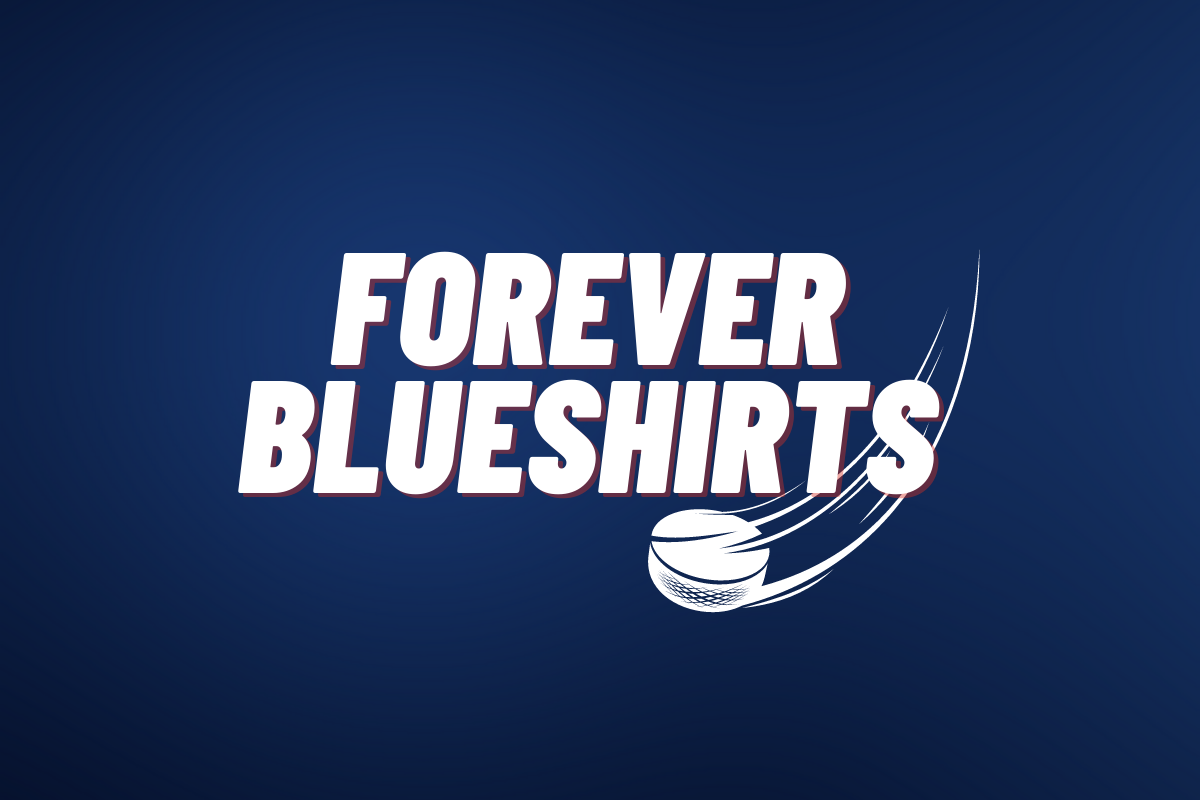
It’s been an impressive run for one of college hockey’s top freshman defensemen. Not only did Jones reward Team USA for his WJC selection with a solid tournament, but he continues to log significant minutes for one of the best teams in the nation. Since he returned from the Czech Republic in early January, the Minutemen went 3-2 during a tough portion of the schedule that included two-game sets against ranked teams in Denver and Boston College. Things got a little easier this weekend with the Vermont Catamounts, who UMass limited to just one goal during a sweep. Jones notched a pair of assists in his first game back on Jan. 4 at Denver but was held off the scoresheet in the four games since. Still, there is an identifiable air of confidence in Jones’s game and his contributions for such a solid team go well beyond goals and assists. He and Marc Del Gaizo work the points on the top power-play unit, which has struggled in the new year (2-for-23). Still, the chances created by Jones from keeping plays alive plus the accuracy of his shots on net remain a constant in his game. Additionally, Jones was on the ice for only two of the 12 goals UMass surrendered in the last five games and four of the 16 goals they scored.
https://platform.twitter.com/widgets.jsBunch of dudes on UVM who are 4-5 years older than UMass LHD Zac Jones (NYR 3rd/2019) but he’s not flinching under pressure. If you’re a frosh PPQB/minute eater on a No. 10-ranked squad in January, you’re doing several things right. Always see him communicating before draws.
— Steve Kournianos (@TheDraftAnalyst) January 19, 2020
Jones is a very hard passer and is a fan of the quick “up” during retrievals or defending against the chip and chase. He’s not the biggest guy, but he also is not afraid to turn his back on a forechecker near the boards in order to cleanly collect the puck for a hard rim or spin move towards open ice. Jones doesn’t seem to be intimidated by bigger forwards in the low slot and his decisions to release are timely and in concert with his partner’s positioning. His quick stick is something he’s been known for, but hitting the weight room has given him enough upper-body strength to shove opponents off the puck as well. Good things happen when he’s on the ice and you have to go through every second of every shift two or three times to pinpoint anything remotely resembling a moment of indecision on or off the puck.
C Karl Henriksson; Frolunda J20, Superelit (2nd Round, 58th overall, 2019 NHL Draft)
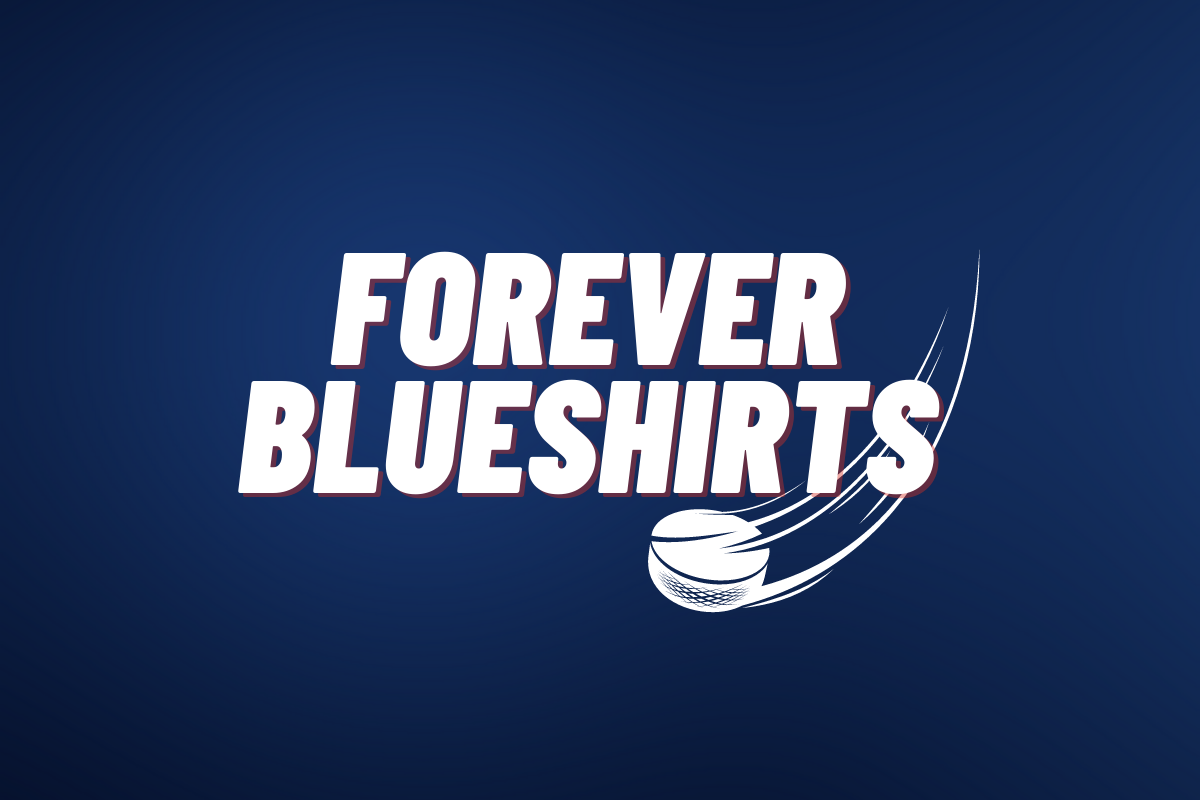
The only pure playmaking center the Rangers have picked in the last two drafts, Henriksson experienced a special moment in his development on Jan. 16 when he made his SHL debut for Frolunda in a 5-1 loss to lowly Oskarshamn (he played only 7:49 and centered the fourth line, going 2-for-5 on draws). Although the decision didn’t go Frolunda’s way, Henriksson’s addition to lineup after his dominance of the J20 Superelit is the first step towards making him an SHL regular for the 2020-21 season. He’s currently back with Frolunda’s J20 squad in the Superelit’s “Top-10” portion of the schedule, and through Saturday was tied for the assist lead with seven in four games.
https://platform.twitter.com/widgets.js#NYR prospect Karl Henriksson registered three assists today with Frolunda’s J20 team, and he recorded five assists/points in two games with the team this weekend. He has tallied 30 points (five goals, 25 assists) in 21 games with Frolunda’s J20 team this season.
— NYR Stats & Info (@NYRStatsInfo) January 19, 2020
Henriksson centers the top line with 2020 draft prospects Daniel Torgersson and 2001-born Isac Andersson. Both wingers know how to finish and they allow Henriksson to run the cycles and dictate play from the right half wall. The same applies while they operate the top power-play unit, a group that clearly runs through Henriksson. He’s also been money in the faceoff circle — Henriksson has won a staggering 71.4 percent (55-for-77) in his four games since the WJC, and all three of his assists in Saturday’s 5-2 win over Orebro came immediately after clean wins in the offensive zone. The fact that he’s taken 77 draws in four games tells you how frequently he’s being used. It’s a safe bet that Henriksson will center prized 2020 draft wingers Lucas Raymond and Alexander Holtz on Sweden’s top line if all three participate at next year’s world juniors.
LHD Nico Gross; Oshawa, OHL (4th Round, 101st overall, 2018 NHL Draft)
A positionally-sound defender who plays for one of the better teams in the OHL’s Eastern Conference, Gross missed the back end of the world juniors for Switzerland with an upper-body injury but since has returned to help Oshawa win three of four games. He’s been paired with fellow 2000-born defender William Ennis, who plays the left side while Gross man the right. The Generals have utilized Gross as the lone defender on their primary five-man power-play unit and it’s worked out — they own the OHL’s fifth-ranked group with the man advantage (24.5%) and were 5-for-12 in Gross’s last four games.
He didn’t have a good game in a 6-4 win over Peterborough on Friday night but few rearguards will find it easy defending against the duo of Nick Robertson and Akil Thomas. Gross was directly responsible for the Petes’ first two tallies — one from an intercepted clearing attempt and the other from overcommitting away from Robertson for a one-timer near the goal. Gross bounced back on Saturday with a strong effort in a 4-2 loss to Mississauga and was named the game’s third star.
Much like fellow 2018 draftees Miller and Lundkvist, Gross is on his team’s top pairing and logs the most minutes while being utilized in all special teams and late-close situations. He’s taken a big step in the production department as well, as his points-per-game average is up from 0.36 in 2019 to 0.65 through Saturday. Part of the spike is from more power-play time (11 power-play points in 2020; only 2 in 2019). He has always had a hard shot that he keeps on net, but his shot totals are low (58) mostly because he stays within himself and lets his forwards do most of the heavy lifting in the offensive zone. Gross is not a flashy player so it’s imperative that he maintains his solid one-on-one play and poise under pressure with occasional offense via clean stretch passes and shots from the point.
Editor’s Note:
I can’t tell you how excited I am to have someone of Steve’s caliber bringing you prospect reports on Forever Blueshirts. Follow Steve on Twitter here and check out his website TheDraftAnalyst.com. – Anthony
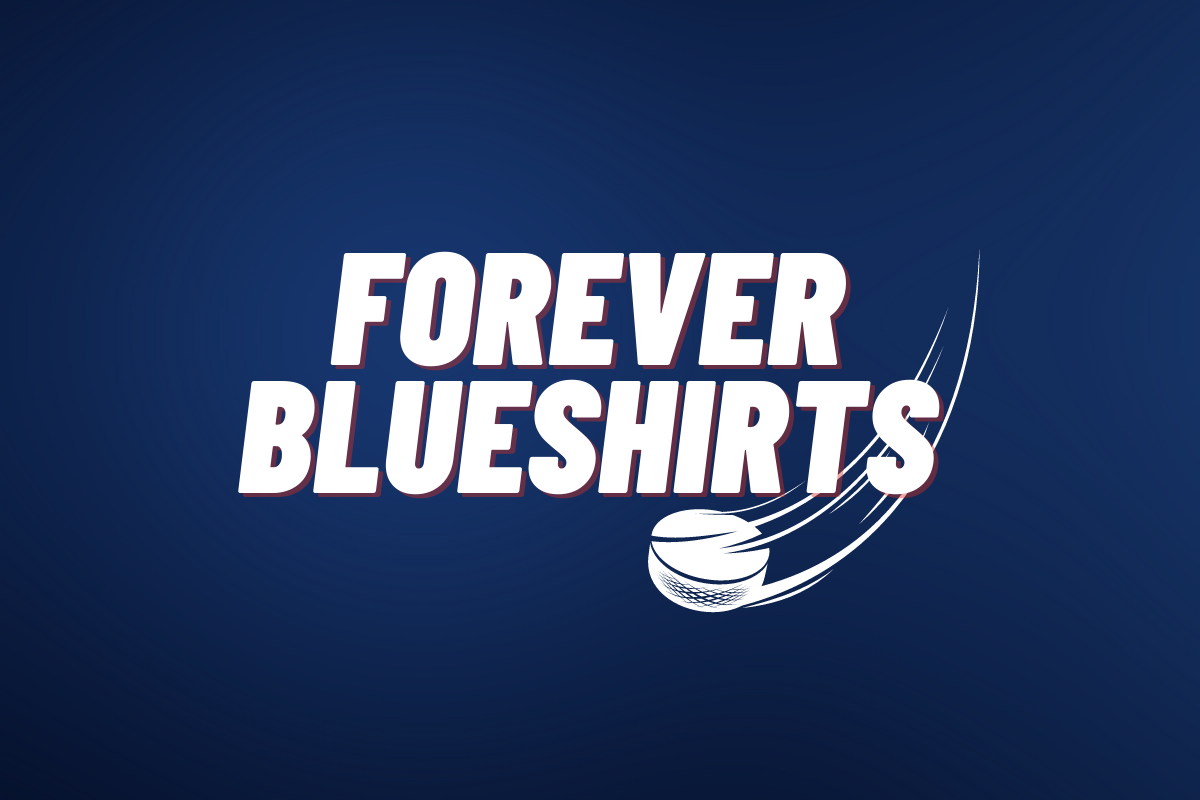
More About:New York Rangers Features
